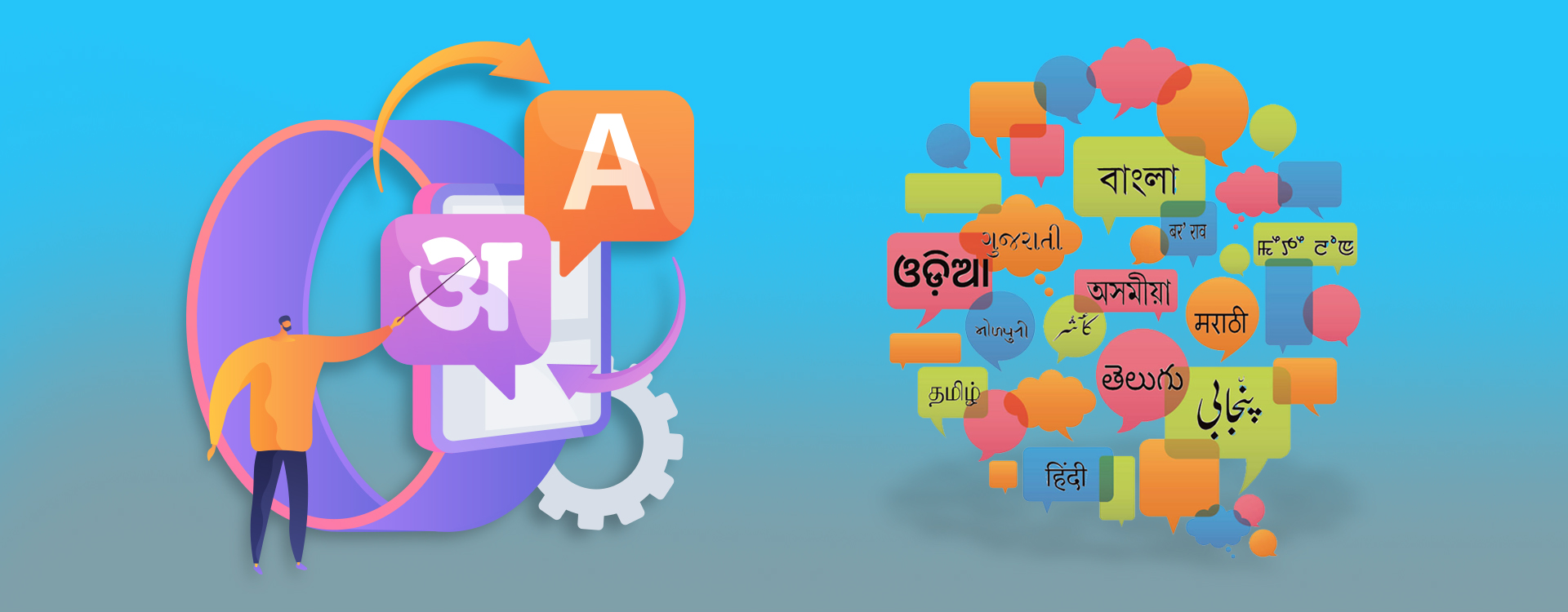In the age of data and the Internet, content consumption has increased exponentially. As internet connection has become more accessible and more convenient, the wave of ‘Digital India’ has found its way into tier 2 and 3 Indian markets, leading the digital revolution.
According to an ICUBEᵀᴹ 2020 report, there are over 264 million internet users in rural India, more than urban India’s 210 million. In 2020, the COVID-19 pandemic and the measures for its containment accelerated internet penetration in the country and with it came the golden moment for India’s e-commerce, digital entertainment and edtech industries.
As the number of internet users in India is expected to surpass 700 million shortly, it is worth noting that digital content and video consumption in rural India has increased twice as fast as urban India over the past four years. However, the country currently has only 40% internet access, meaning that there is a great potential to add new users in the years to come.
Vernacular Content and Rural India’s Fortunate Meeting
In general, the growing vernacular internet users have outnumbered the English language users. As significant customer groups in non-urban areas prepare to participate in digital media, regional ambitions are shaping businesses’ development strategies.
Data shows that 53% of non-metro internet users prefer local content on social media. In addition, 73% of Internet users access social media content daily, and 9 out of 10 users mainly use mobile networks to access the Internet.
‘‘
India is a vastly diverse country with over 121 languages and more than 19,500 dialects used by over 130 crore Indians. As per estimates by experts, the market opportunity of the vernacular content in India is worth $53 billion in 2021.
Vernacular Content Transforming the Digital Space
The key categories that the vernacular-driven digitisation will transform are:
Digital Entertainment and News
Social Media Platforms
E-commerce
Online Payments
Government Services
These are the segments where provincial and rural internet users have higher engagement rates than metropolitan users. Government services, banks and payment apps were among the first to assert the roll-out of vernacular products necessary for their rural users’ economic inclusion.
E-commerce meets Vernacular Content
As more people are gaining access to opportunities and their incomes are growing, the potential for e-commerce in rural India is also increasing. Users want end-to-end support from choosing products to service delivery in a vernacular medium. If companies can give local language services, they can overcome language barriers and more people will use their online methods.
Social E-commerce
Social e-commerce has emerged as the most promising business model over the last year. Platforms like Instagram and Facebook have taken advantage of this in entirely innovative ways. For example, Facebook recently opened its Facebook Shops, allowing businesses to sell products directly from the platform. WhatsApp has also significantly improved its game this year, allowing users to communicate in various regional Indian languages. It also added a payment system in 10 local languages.
Voice Commerce
As per Google, more than 20% of searches in India are voice-driven, and voice searches, on average, are increasing by 270% every year. A fundamental cause for this growth is that voice commands are faster than typing. In addition, the advent of cheap smartphones has further increased the use of audio functions and voice commerce.
Video Commerce
Social media platforms such as YouTube Shorts and Instagram Reels, among others, account for about 90% of total video consumption in local languages. These platforms have significantly increased the use of short videos and marketing content on social media. Video commerce, or ‘shoppable videos’, have gained popularity on platforms like Instagram and Facebook in India.
Flipkart – Taking on the Vernacular Challenge
Flipkart has reported 15 million daily users connecting through their vernacular interface within a year of launching in Hindi, and their customer retention is at a surprising 95 per cent.
Jiny UI Platform is easing transactions with local languages
Assistive UI Platform Jiny has reported an increase of 20 per cent conversions by providing vernacular audio/text support while transacting. Currently, 35% of Indian language users go online for digital payments, and the company has great hopes in the segment.
Pepper Content – Treating Content like a King
This entirely content-based start-up is catering to vernacular content needs by using its self-established network of content writers who cater to the content services in numerous languages.
Conclusively, the preference for regional vernacular languages on social media is higher in non-metro cities when compared to metro cities. Since most of the population lives in non-metro regions, the scope of regional languages has grown substantially. Consequently, the estimates and market opportunities for start-ups in the vernacular content are pegged to be very high.
India’s $53 billion vernacular content market in 2021 is primarily driven by the vast rural population and diverse demographic needs. With about $708 million already invested in regional language start-ups between 2014 and Q3 2019, ample opportunities lie ahead for budding entrepreneurs and new start-ups.




